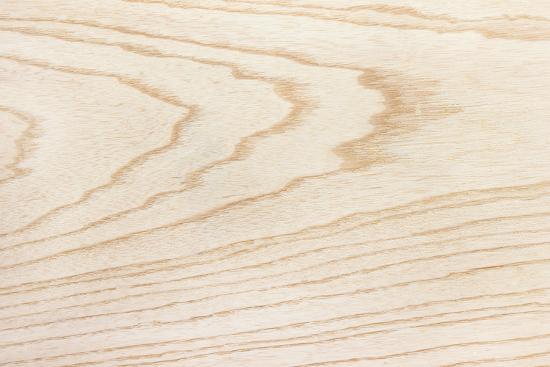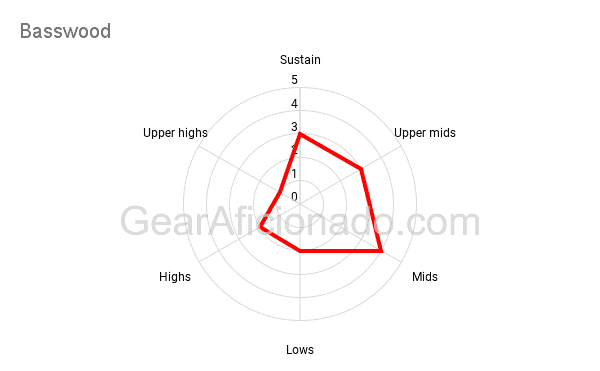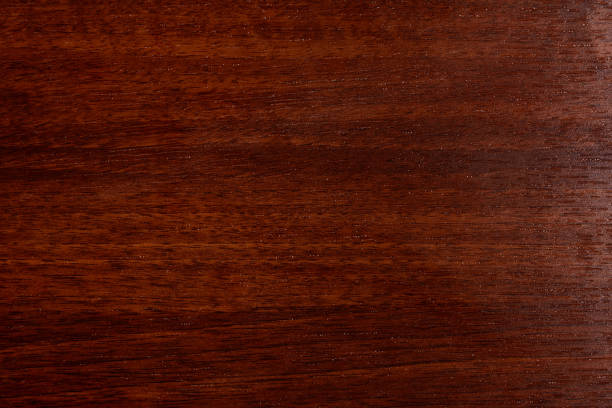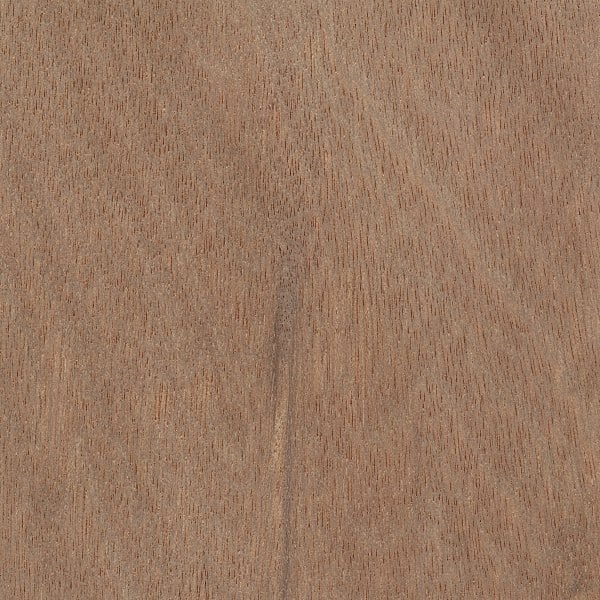Guitars, in most cases, are made of wood, and this is not a casual choice.
Wood is easy to work with and available almost anywhere.
However, this choice of material is also justified because of its effects on the tone of the final instrument.
Wooden musical instruments have been around for centuries and this is because the resulting tones from this choice are hard to replicate.
But how do tonewoods actually affect a guitar’s tone? Here is a quick answer:
Different tonewoods affect a guitar’s tone in a subtractive way. The materials a guitar is built with, take away from the string’s primordial tone some frequencies in varying intensity. The wood choice for a guitar’s body has an impact of about a third of the resulting sound of the instrument.
For those who want to dive deeper, in this article I will explain exactly how does a guitar’s tone is impacted by different materials.
After reading this article you will have a clearer idea about what to look for in your next guitar, or how to justify a big part of your guitar’s tone.
Are you ready to get started?
Let’s go!
Does a guitar’s body wood affect tone?
Body wood is one of the most influential defining factors for a guitar’s tone. It’s not casual that different manufacturers stick with the same kind of tonewoods for their models through the years. And it’s also not coincidental that when they decide to make changes or replace one material for another in a classic model, fans get outraged.
Some people claim that only pickups define the tone of an electric guitar, but I don’t think this simplistic approach is correct at all.
You see, a guitar’s tone is the result of a complex equation that includes all of its components and even how you play it.
To be more concrete, tone is produced by subtraction.
It’s simple: Imagine the sound an isolated tensioned string would make. Now, if we start adding materials with contact points to that string these materials will absorb part of its vibrations.
Think of it as an equalization experiment. If you start with a uniform signal across the frequency spectrum and then you subtract via EQ some of those frequencies, you will get a different timbre.
A guitar’s tone is defined just like that. Different body materials just carve out different frequencies at varying intensity from the primordial tone of the tensioned string.
Of course, in some cases, there will be greater variability within 2 trees of the same species of wood than among 2 different varieties. You see, trees are heterogeneous living beings and you won’t find 2 identical ones.
It also goes without saying that not only the body of a guitar has influence in tone but the combination of all of its components, as I said earlier.
How much does a guitar’s body wood affect tone?
Quantifying exactly how much does a guitar’s body affects its tone is not an easy task. Any number I could throw at you would need to be taken with a grain of salt. However, if we reduce the equation to just neck wood and body wood, I would say that it’s 30% – 40% body and 70% – 60% neck.
This conclusion is arrived at after taking into consideration that 70% of string vibrations travel across the neck. Also, the neck has a smaller mass than the body of the guitar. This makes for an electric guitar’s neck probably a more influential factor in tone creation.
However, remember that this process is the result of a complex equation and by no means this should exclude the body material from it, or even the interaction between neck and body materials. Even the type of neck joint should be taken into consideration among many other things.
What are the physical factors of wood that define tone?
When we compare woods used for building guitars we should take into considerations factors such as:
- Stiffness
- Density
- Internal friction factor
- Rigidity
- Hardness
- Humidity
Most common guitar body materials and their effect on tone
It’s time now to get to the specifics.
Each tonewood has its particular characteristics and sound, and I’m going to try to give you a brief description of the most popular ones, in no particular order.
Here they are:
Alder

Alder is a lightweight kind of wood with soft pores and swirling grain patterns. It’s sourced from Europe and northern Africa.
In terms of tone, Alder is a very balanced option all across the frequency spectrum, with a slight bump in the upper-midrange, the sweet spot for cutting through the mix.

Swamp Ash

Swamp Ash is lightweight, porous and as its name implies it’s commonly found in the swamps in the southern USA.
In terms of tone, Swamp Ash is considered to provide a rather scooped midrange, making its top-end shine in contrast.

Basswood

Basswood is an affordable lightweight and soft tonewood commonly harvested in the USA, but with varieties all across the globe.
In terms of tone, Basswood’s softer character tends to dampen highs as well as the low end. It’s considered a rather warm-sounding choice. But some claim it lacks a defined character.

Mahogany

Mahogany is a hardwood with a fine, patterned grain native to the Americas. This is a heavy, resistant wood that’s commonly used to build furniture.
In terms of tone, Mahogany has a great low response that extends to the lower mid-range but cuts off slightly towards the high end, making it a very warm-sounding alternative.

Maple

Maple is a light-colored hardwood very common in the USA and Canada. Professional bowling pins are made of this wood. For guitars, it’s usually used in necks and tops.
In terms of tone, Maple enhances upper-mids and high frequencies particularly, however, it also produces a tight, well-defined low end.

Rosewood

Rosewood is a durable dark-colored tonewood popularized by the use of its Brazilian variety used in vintage instruments, since regulations restricted its availability it was replaced, by most manufacturers, for the Indian variety.
In terms of tone, Rosewood is a very warm-sounding material known to cut off harsh high frequencies and making an instrument’s tone “rounder”.

Walnut

Walnut is a less common hardwood in mass-produced instruments, it is comparable to maple in terms of hardness and density, and it has an oily soft brown surface.
In terms of tone, Walnut offers a bright top end with a pronounced midrange and a deep low end. It also has a nice impact on sustain.

Wenge

Wenge is a black hardwood stiff and with brown stripes and open grain. It’s commonly found in Eastern Africa and preferred by many bass players.
In terms of tone, Wenge has strong midrange tones and warm lows. It’s also known to cut harsh frequencies from the high spectrum just like rosewood.

Agathis

Agathis, also known as Kauri or Dammar is a tonewood native to the southern hemisphere. It’s a not very figured wood comparable to Alder and it’s commonly used on cheaper instruments.
In terms of tone, Agathis is a balanced alternative with a lack of a particular character. Its softness also hinders its sustain capabilities.

Koa

Koa is a caramel-colored hardwood, with a beautiful grain that sits in between mahogany and maple. Native to Hawaii it has become a popular alternative to the status quo of tonewoods, however, it’s not among many player’s first choices.
In terms of tone, Koa is a warm-sounding material with strong lows and mids, and with a refined high end. That extra bit of high-end is what differences it from mahogany tonally.

Korina

Korina is another hardwood very similar to mahogany and it was popularized after being used in the original Gibson Flying-V. Native to Africa, it’s not as demanded and protected as mahogany.
In terms of tone, Korina offers a warm tone with present lows and a particularly nice-sounding mid-range that makes it a slightly brighter-sounding alternative.

Okoume

Okoume is often considered an Asian species of mahogany, however, technically it isn’t. It’s very similar, although.
In terms of tone, Okoume is a hardwood very similar to the one mentioned above, it has a dark sound, with strong mids and a cut-off in the higher frequencies.

Poplar

Poplar is a softwood comparable to alder with a rather dull appearance. It has gained some popularity lately due to its use in Asian-made instruments.
In terms of tone, Poplar provides a balanced tone, with perhaps a more stated low high end, or upper mid-range.

Bubinga

Bubinga is a tropical hardwood comparable to rosewood. Some even call it “African Rosewood”. Its tight grain looks gorgeous and makes for amazing finishes.
In terms of tone, Bubinga also has that tonal pattern present in rosewood: It’s warm and reduces harsh high frequencies.

Pine / Roasted Pine

Pine is a softwood very commonly used in furniture. It has a nice grain and pattern that is what makes it a great choice for transparent finishes.
The roasting process, just as with maple, makes it harder and more stable while maintaining the tonal properties of the wood.
In terms of tone, roasted pine has similar characteristics to ash, but with a less pronounced top punch.

Nato

Nato is one of the softer hardwoods with very similar properties to Mahogany, although more affordable. It can be found in Mora trees in South East Asia.
In terms of tone, Nato is very similar to Mahogany, but I consider it being of lower quality since it’s commonly used in cheaper instruments, and not properly selected.

Lime

Lime wood is just a variety of basswood. The differentiation comes from its continental origin: Basswood comes from North America and Lime from Europe.
In terms of tone, Lime shares pretty much the same character as basswood. It’s perhaps a bit heavier but still has a low and high scooped sound, that many claims lack character.

MDF

MDF initials mean Medium Density Fiberboard. This is not wood from a tree but an engineered wood product made from residuals of both soft and hardwoods. It’s not that popular in modern guitars, but it was at some point for the cheapest instruments available.
In terms of tone, MDF doesn’t have too much to offer. It’s heavy, it breaks easily and it sounds extremely dull.

What is the best guitar body wood?
There is no actual best guitar body wood. It will depend on the preferences of the player and the concept of the instrument made by the company or luthier.
Balanced material like Alder will sound great in guitars that don’t require a specific tonal character from their body tonewood or that could compensate that lack of personality with the sound profile of their neck and fretboard.
On the other side, guitars such as the SG are made almost completely out of mahogany and they embrace the tonal profile that wood provides.
Think of it as different tools in your shed. A screwdriver’s not better than a hammer, they are just required for different jobs.
An alder-maple guitar will sound different, but not better than a mahogany-rosewood one and that’s what makes us, guitar freaks, want to get them all.
Do multi-piece guitar bodies sound different or better?
Sometimes, and for different reasons, manufacturers build the bodies of their guitars by gluing together different pieces of wood.
This, in many cases, is a way of reducing costs by using every bit of material at their disposal, even if it has been cut in a size smaller than an actual guitar body.
In other cases, this might be a decision based upon the resulting tone or aesthetic.
Generally, bodies built with multiple pieces of wood don’t necessarily mean a different or worse tone. Of course, it is important to take into consideration that glue is a soft material that could absorb vibrations and dampen sound.
However, if the construction method is well refined and doesn’t require gallons of glue, the effect should be imperceptible.
I would argue that a better predictor of a guitar’s tone should be its overall construction quality and the tightness of the fit between all of its parts. This will also be a very important factor for sustain.
A cheap guitar, because of its required line of production way of being built will probably be fitted and built in a way that will hinder its tonal potential whether it has a multi-piece body or not.
Conclusions and recommendations
Whether you are looking for a new guitar or planning on building or having one built, getting to know, at least at a high level how tonewoods work is, in my opinion, something that will help you make a better informed final decision.
However, here in GearAficionado, I always say that you should try out every instrument before buying it if you have the chance.
I don’t think anyone can really understand the sound of all these different tonewoods without getting to hear them live. You should try at least the ones that you think might work out better for you.
If it’s within your reach, try to get to play completely different guitars to clearly understand where the variation lies, and then start checking out ones closer to the one you preferred the most.
Finally, don’t forget to have fun. Technicalities for some people get the joy out of getting a new piece of gear. You don’t have to know it all about something that makes you smile. Just go and play the instrument that feels best to you.

Hello there, my name is Ramiro and I’ve been playing guitar for almost 20 years. I’m obsessed with everything gear-related and I thought it might be worth sharing it. From guitars, pedals, amps, and synths to studio gear and production tips, I hope you find what I post here useful, and I’ll try my best to keep it entertaining also.





